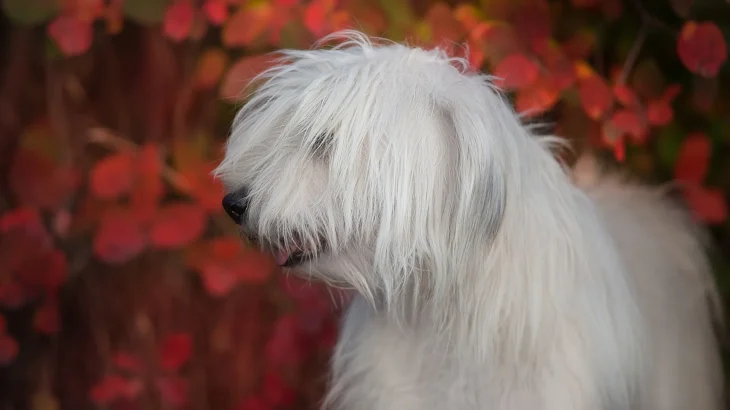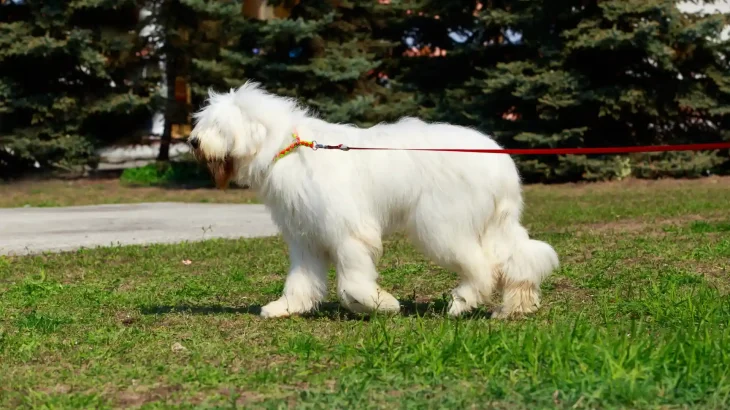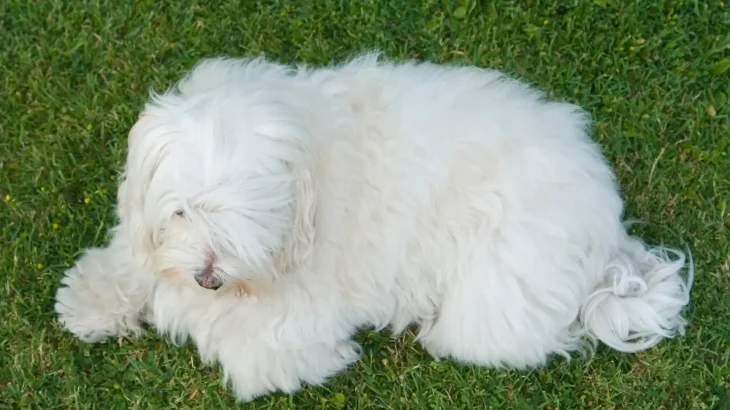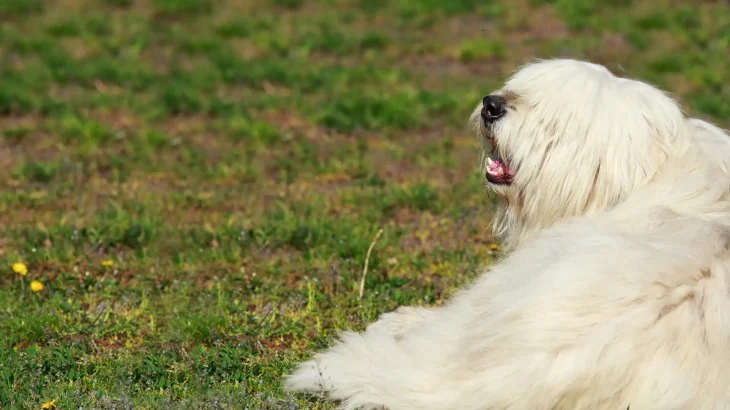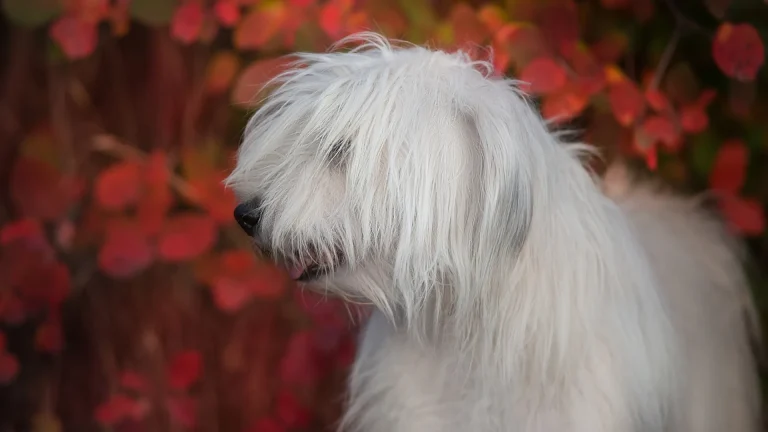For owners of the South Russian Ovtcharka, a large and robust working dog breed, pet insurance can help manage the high costs of unexpected health issues. This protective, active breed may face injuries from activity or illnesses needing surgery or extensive care. Pet insurance eases financial stress by covering major veterinary bills, emergency treatments, and sometimes liability if the dog causes damage. It's important to understand what insurance covers, alternatives available, and weigh pros and cons before choosing a policy. While insurance can be a safety net, there are exclusions and out-of-pocket costs, so selecting the right coverage is key.
Health and Surgery Coverage
Pet insurance typically covers unexpected illnesses and injuries, including surgery and hospital stays. For the South Russian Ovtcharka, prone to joint issues or accidental injuries, such coverage is valuable. However, pre-existing conditions and routine care like vaccinations are usually excluded. Owners may need to pay deductibles and co-pays, which helps keep premiums lower but means not all costs are covered.
Liability Coverage
Liability coverage protects owners if their dog damages property or injures someone. Given this breed's guarding instincts and size, liability protection can offer peace of mind. However, it's often optional and may raise premiums, so owners should consider their lifestyle and local laws when deciding.
Common Alternatives to Pet Insurance
Some owners skip traditional pet insurance in favor of dedicated savings for vet expenses, providing flexibility but no guaranteed coverage for costly emergencies. Wellness plans covering routine care are another option but don't protect against unexpected serious issues.
Advantages and Disadvantages of Pet Insurance
Insurance offers financial security, helping owners focus on their dog's health without as much worry about cost. It can cover expensive treatments but often excludes pre-existing conditions and routine care unless added on. Premiums usually rise as the dog ages, which is relevant for a large breed like the South Russian Ovtcharka. Policies can be complex to navigate, so understanding details and costs is important for each owner.

